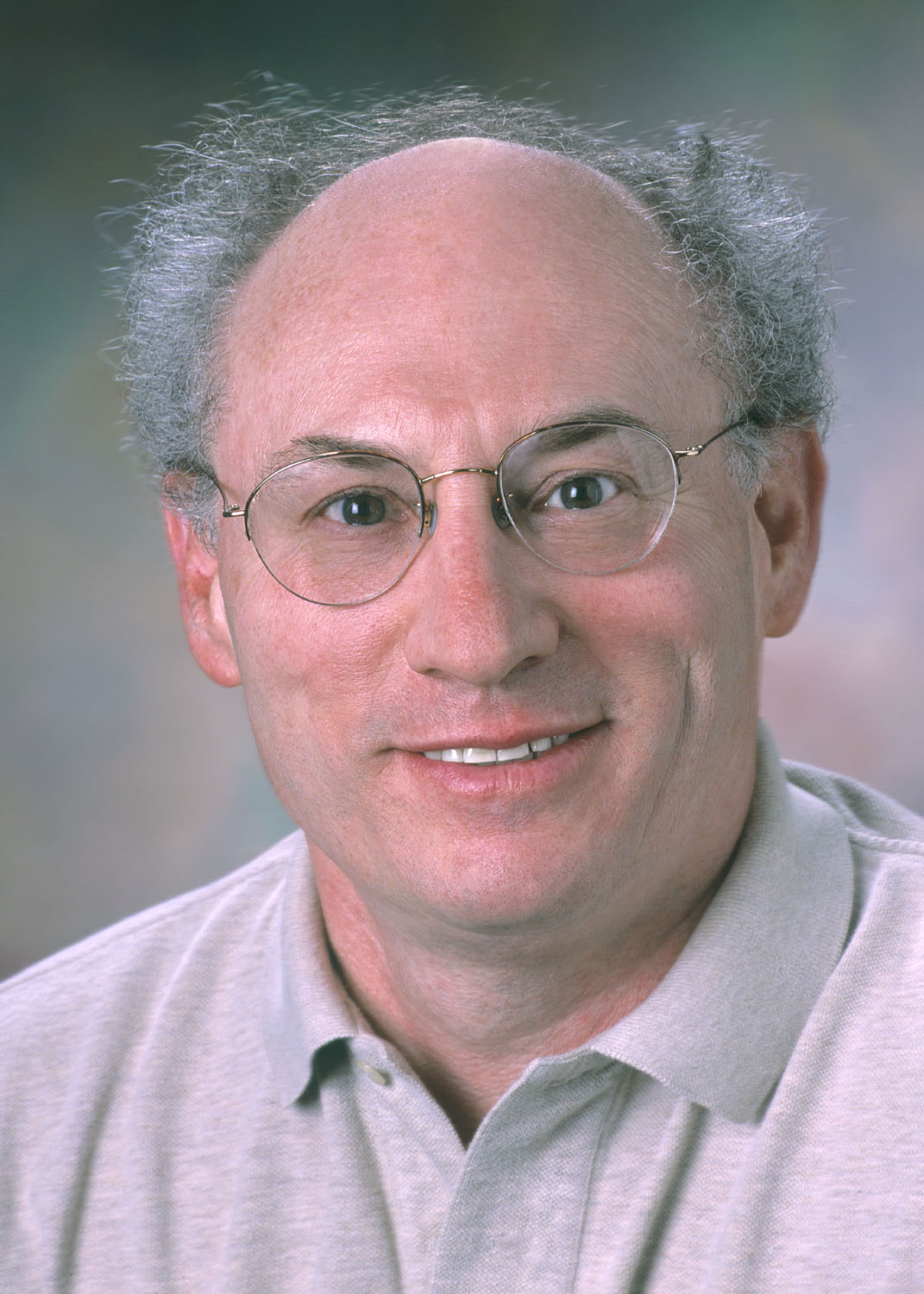 Analog circuit guru Jim Williams passed away on June 12, 2011. While
he never expressed a personal interest in electronic music, he did
write several interesting application notes for National Semiconductor
Corp that are relevant to electronic music (even if NSC didn't credit
him on the app notes).
Analog circuit guru Jim Williams passed away on June 12, 2011. While
he never expressed a personal interest in electronic music, he did
write several interesting application notes for National Semiconductor
Corp that are relevant to electronic music (even if NSC didn't credit
him on the app notes).
Also, Jim wrote many, many app notes for Linear Technology, including App Note 14, Designs for high-performance voltage-to-frequency converters, which includes "e^x transfer function V-to-F converter" on page AN14-14. For more information about the sitxy-two app notes he wrote for Linear Technology, see the blog Reading Jim Williams.
AN-299 Audio Applications of Linear Integrated CircuitsI want to publicize these facts, so that Jim gets the credit he deserves.
LT1055 Data Sheet/Application Note 14Jim Williams of Linear Technology wrote both of these application notes. I wrote him about them and he gave me a little background on them. The AN-299 VCO utilizes the CA3046 transistor array. He stated that even if the exponential transistor was ideal the performance would be degraded by the ramp reset time. His second circuit in LT1055/AN14 notes utilizes a charge pump IC -- the LT1043 -- to eliminate the dead time errors. He thinks this circuit has about a 2X improvement in exponential performance...